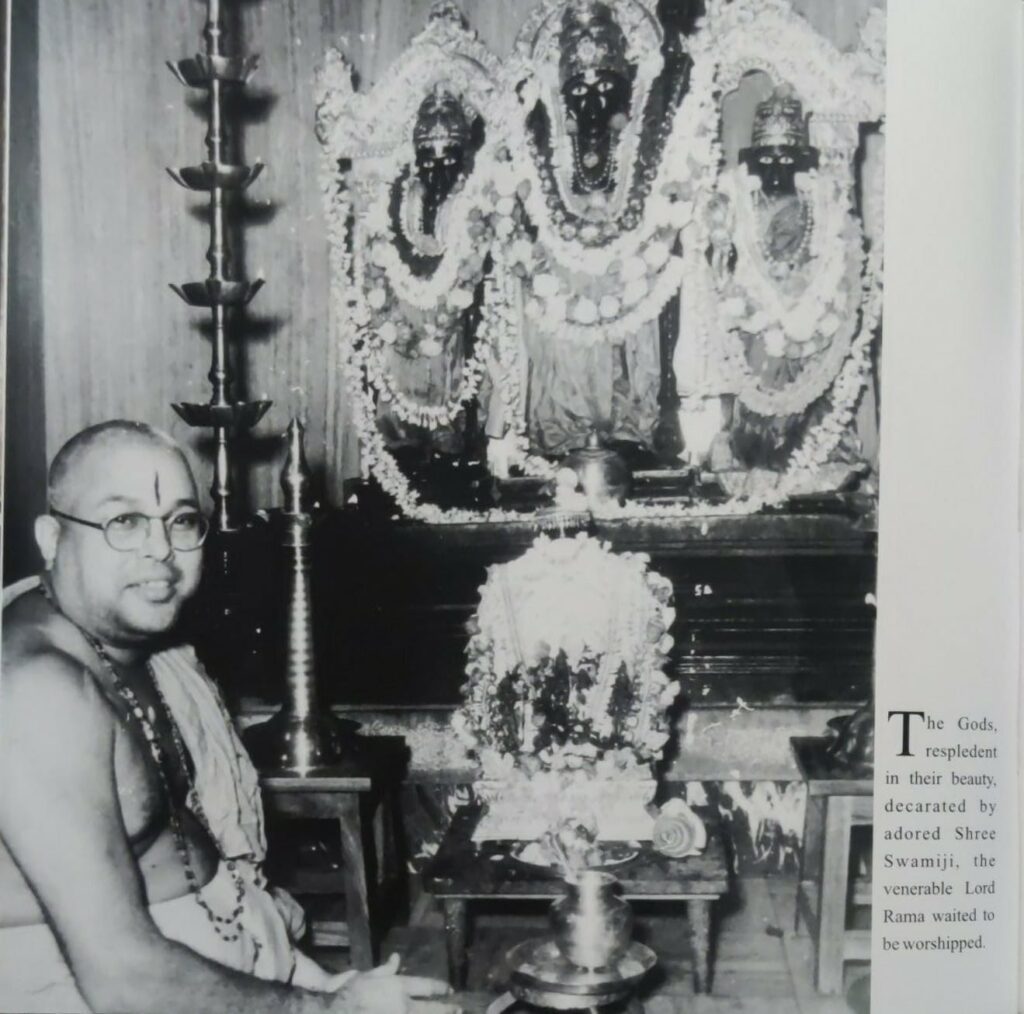The Ram Mandir, under construction in Ayodhya, Uttar Pradesh, marks the revered birthplace of Hindu deity Rama. At the disputed site, the Babri Masjid once stood, replaced by the proposed temple after a 2019 Supreme Court verdict.

Inauguration and Controversies: The groundbreaking ceremony, or bhumi pujan, took place on 5 August 2020, led by Prime Minister Narendra Modi. The Shri Ram Janmabhoomi Teerth Kshetra Trust oversees the temple’s construction, with the inauguration set for 22 January 2024. Controversies surround alleged donation misuse and political involvement by the BJP.
Historical Significance: Rama, an incarnation of Vishnu, according to the Ramayana, was born in Ayodhya. The temple site witnessed historical events, from the destruction of the original temple by Babur in the 16th century to the contested Babri Masjid era.
Timeline of Conflicts: Religious tensions surfaced in 1853, escalating in 1980s when the Vishwa Hindu Parishad (VHP) launched a movement for the temple’s reconstruction. The mosque’s demolition in 1992 during a VHP and BJP rally intensified the dispute.
Architectural Marvel: Designed by the renowned Sompura family, the temple’s blueprint, modified in 2020, adheres to Hindu texts and shastras. Once completed, the Gurjara-Chaulukya style structure will be the world’s third-largest Hindu temple.

Architectural Features: The temple, 250 feet wide, 380 feet long, and 161 feet high, will boast a raised platform with three storeys and five mandapas. Nagara style architecture, with 366 columns depicting various deities, defines its grandeur. A surrounding complex will include prayer halls, educational facilities, and more.

